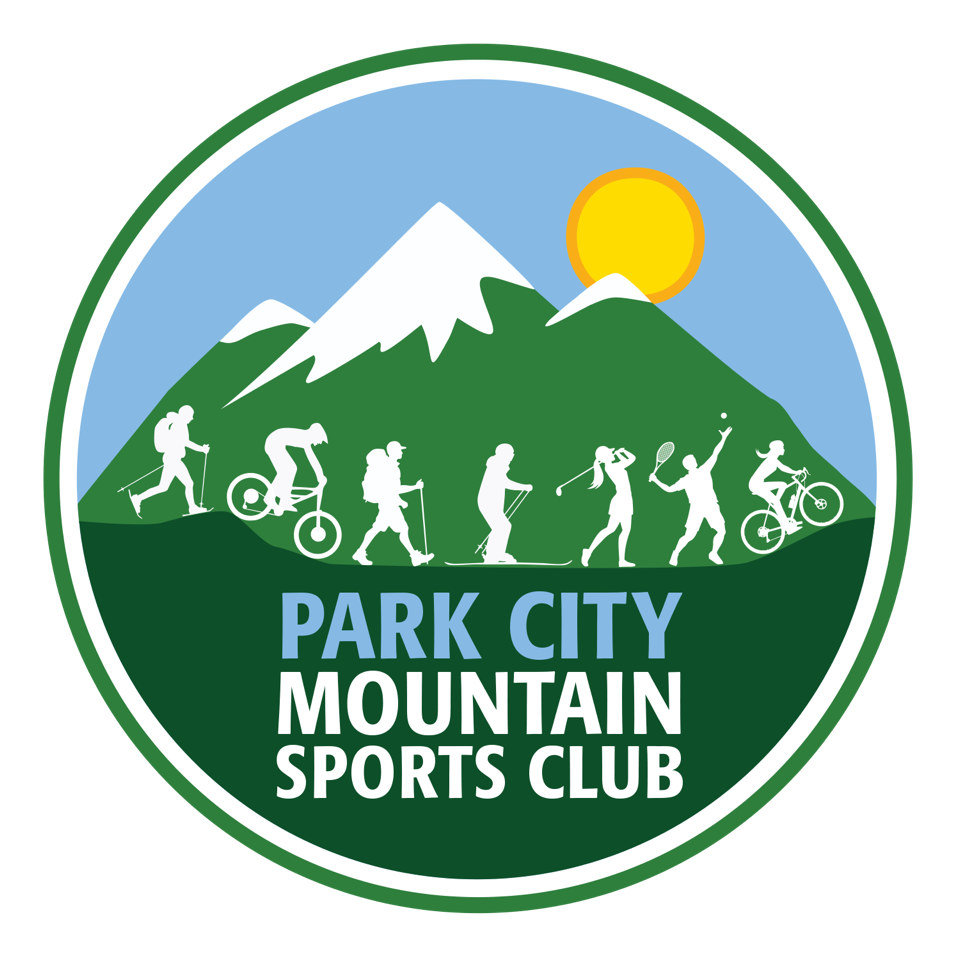By Bob Johnson
By Bob Johnson – July 2020
What a difference a few years make in terms of road bike tire technology and performance. 5 years ago, most people were riding on 23mm or 25mm tires. Today, the 23mm tires are pretty much gone except for some specific professional purposes. Tires are now moving to wider profiles with 28mm and even 32mm in some cases.
Up until a few years back, I rode exclusively on 23mm tires like most folks. During a normal biking season of approximately 3000 miles it would be typical that I get between 6 to 10 flats. The rear tire would need replacing about every 1000 miles. Note: front tires normally get about twice the mileage as a rear tire. About 3 years ago I switched to 25mm tires and the flats greatly reduced, and the rear tire mileage increase by almost double.
Now that we are in 2020, tires are getting even wider. 28mm tires have become popular and, in some cases, even 32mm tires are being recommended. You may be thinking if I ride wider tires will not it be harder to peddle? Here are some facts:
Test conducted on 23mm, 25mm, and 28mm tires show that the rolling resistance is LESS on the wider tire (and here is the big if) if you ride them at the same pressure. One of the advantages of riding on a 28mm tire is that you can ride at a lower pressure say 80psi for a more comfortable ride. But a 28mm tire at 80psi will have more resistance than a 25mm tire at 120psi. The wider tire is also heavier and some tester claim that they do not handle as good as the 25mm tires. For most members of this club I do not think these are major factors and maybe comfort is more important.
Before you go and buy some new wider tires, here are some things you need to check with your bike shop:
- If you have an older bike with rim brakes you probably cannot put 28mm tires on them. Most road bikes today come with disc brakes and the frame setup generally allows for the wider tire.
- Also check your wheel set to see if they can accommodate the wider tires. Some wheels are narrow and putting a wider tire on that type of wheel will defeat any benefits. A 28mm tire on a rim that is designed for a 23mm tire will perform poorer.
Tube vs Tubeless tires:
Tubeless tires for mountain bikes are popular and practical since you can run at lower pressures and avoid pinch flats. This is not a benefit for road cyclist. Below are some pros and cons that I found on the internet regarding this topic:
Are tubeless tires worth it?
Pros:
Speed – clincher (tires with tubes) tires have a level of friction between the tube and the tire that tubeless tires eliminate, lessening rolling resistance and making them faster.
Less flats – The tubeless setup rules out pinch flats completely, and dramatically lessens the danger of blowouts with the liquid sealant. This has a huge impact on the number of flats you are likely to experience. Plus, if you do have a flat out on a ride that the sealant cannot handle, you can use a tube to get you home.
Comfort – Tubeless tires can be run at a lower pressure (dropping about 15-20 psi) without sacrificing performance. This can enhance your corner grip, traction, and overall comfort. You can even venture off road with the tires being a lot more forgiving than if they were running at full pressure.
Cons:
Difficulty in fitting – As a system that depends on tight seals and high pressure, installing or removing the tire can be a difficult and frustrating job. So, while the likelihood of flats may be reduced, the process to fix it in the case of total failure can leave you swearing on the side of the road. You may even need an air compressor to get a proper seal.
Weight – Tubeless tires are largely heavier than a clincher setup, with thicker sidewalls that add weight.
Racers do not use them – This may or may not matter to you, but racer’s do not use tubeless because of the added weight with minimal gain. However, for the recreational cyclist, the lower risk of flatting may be worth the sacrifice.
Tubeless tires are by no means taking over the roading cycling world (as they have with mountain biking), but as technology advances, we may see them grow in popularity. Having tubeless-ready wheels is a great way to go, as it leaves the choice up to you whether you want to stick with clinchers or give tubeless a try.
Tire Maintenance:
Once you decide what pressure you like to ride with, you should check your tires at least once a week and pump them up to the desired pressure. You will lose pressure over a period of 7 days or less. Check your tires regularly for any cuts, bulges, or wear and replace when necessary. Your back tire will wear out generally twice as fast as your front tire.

